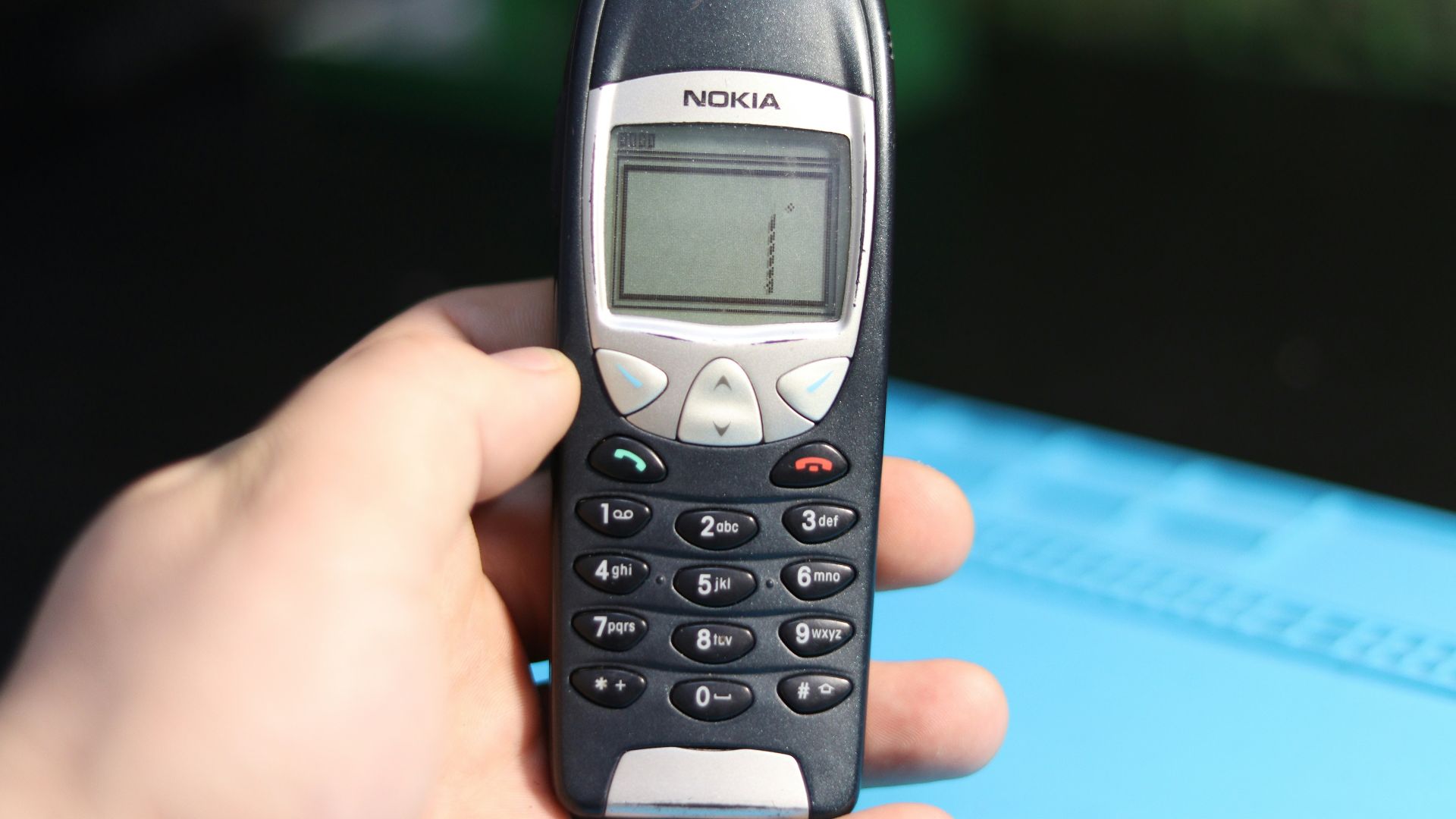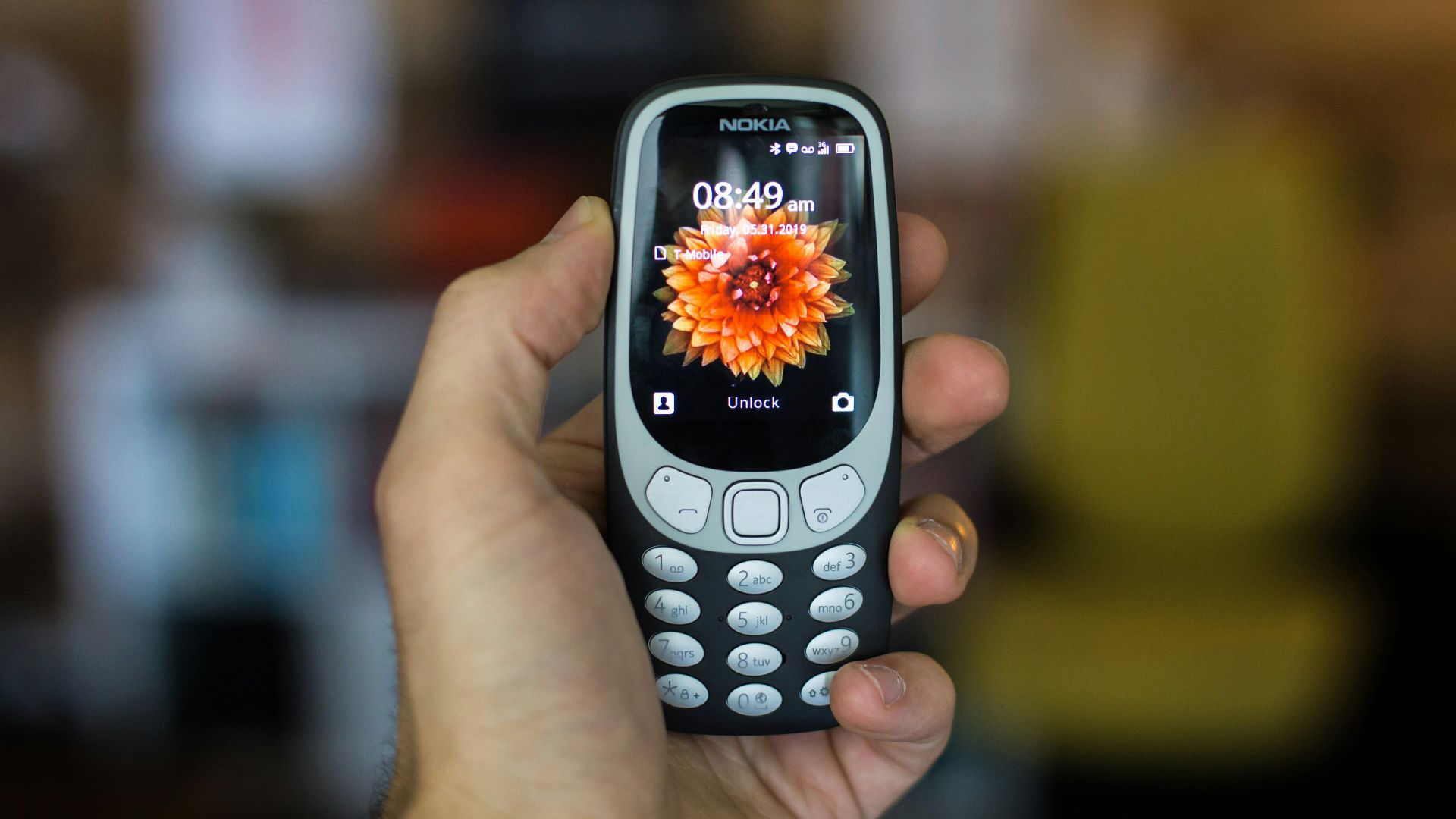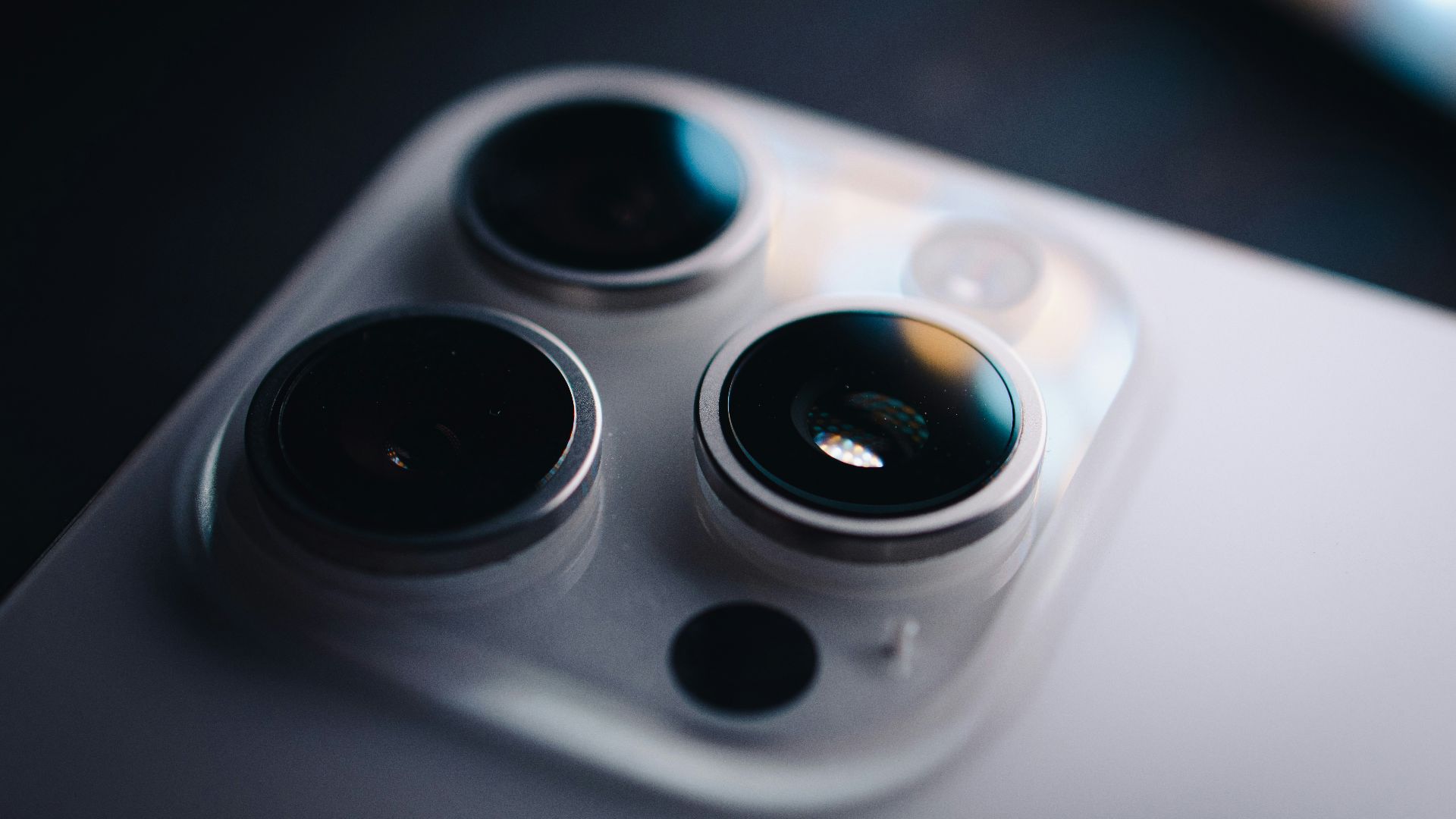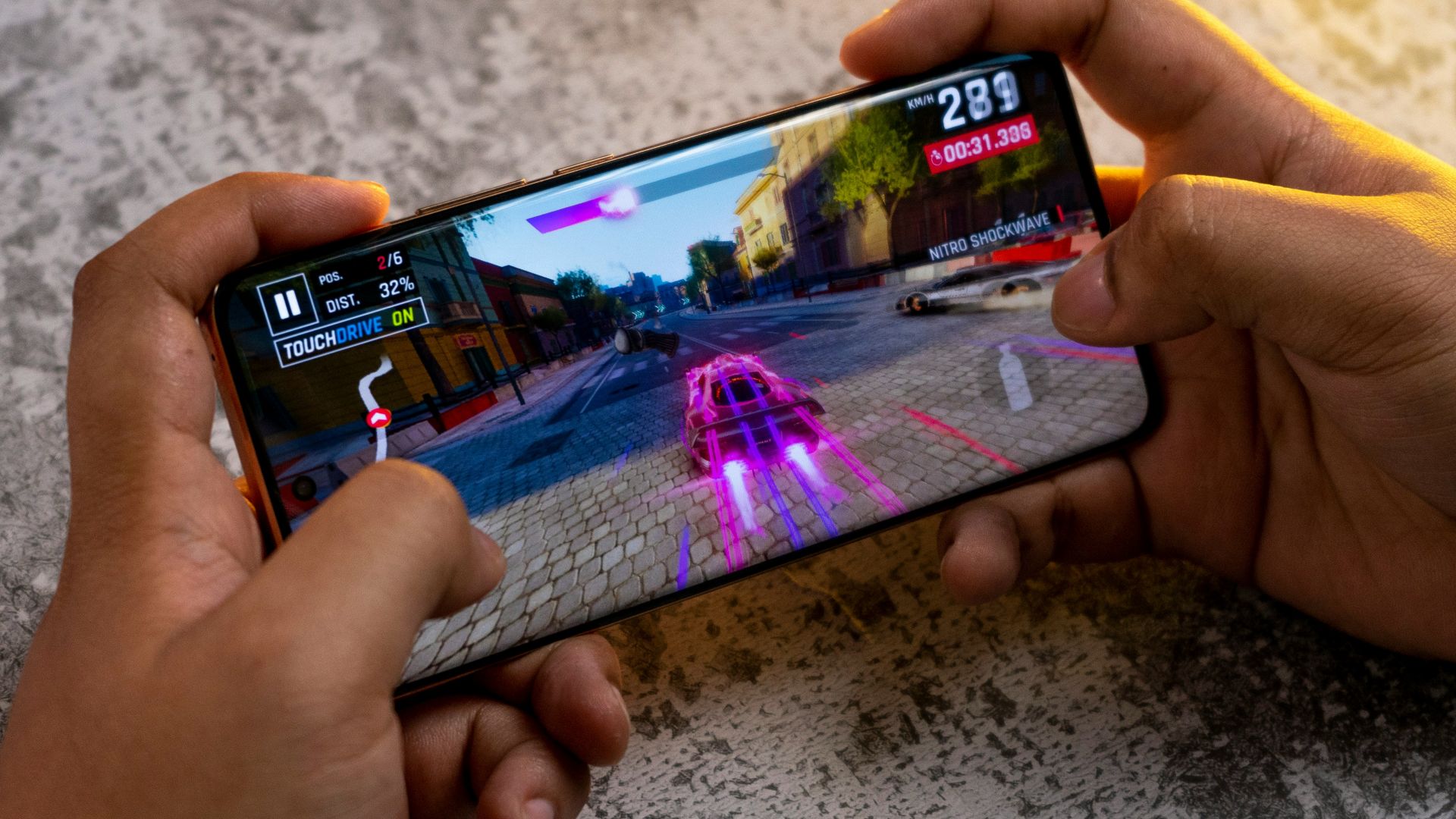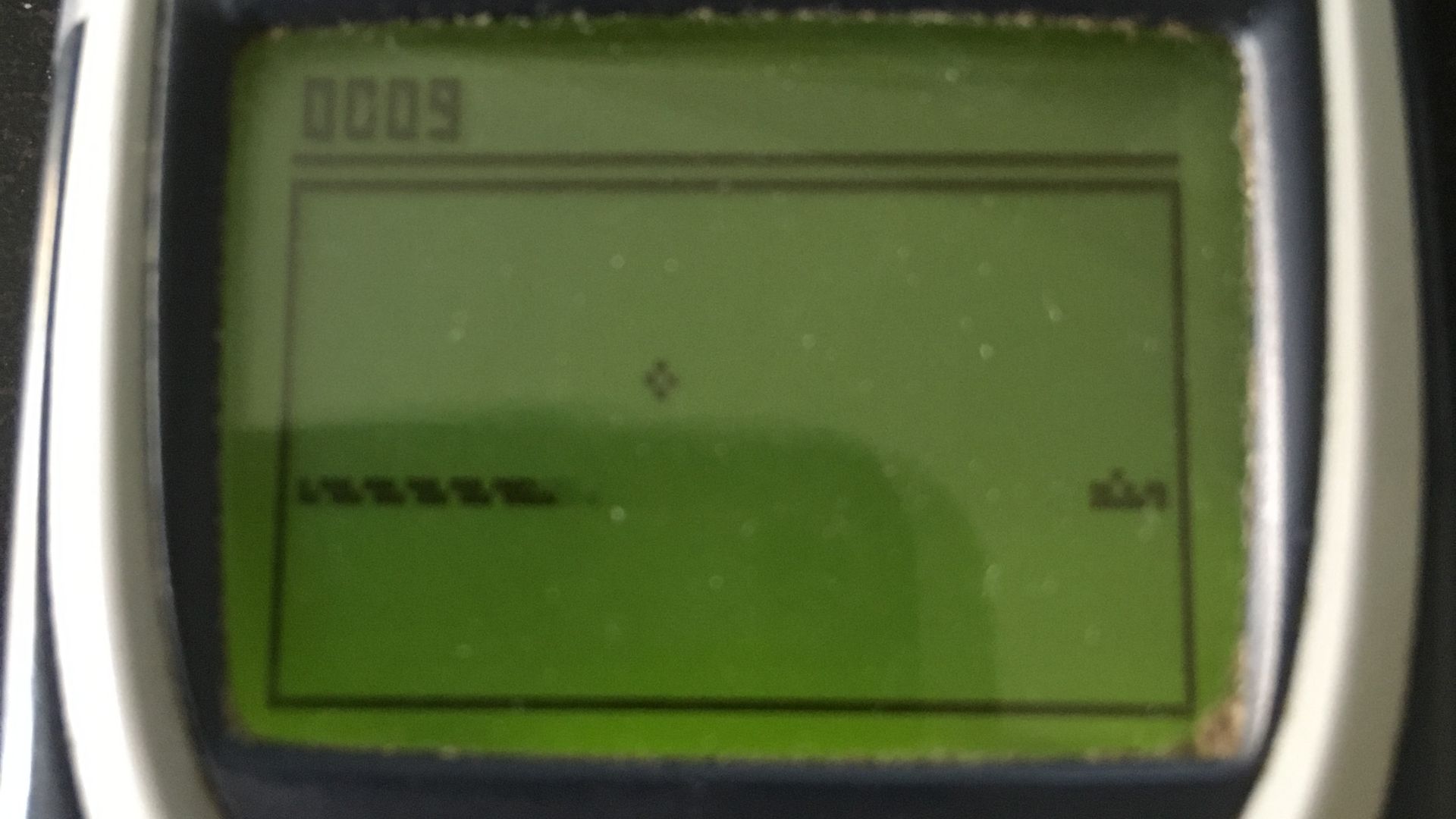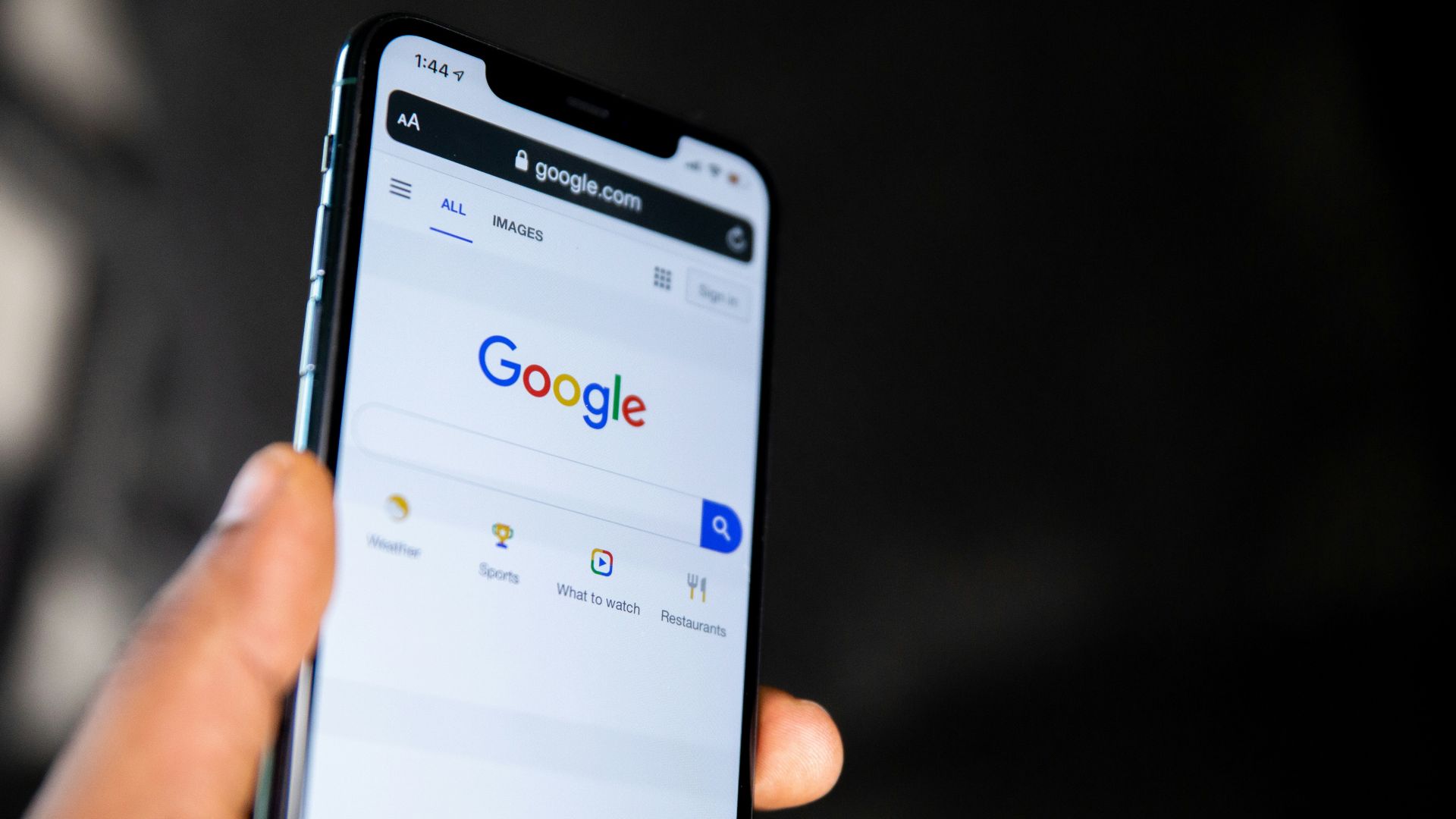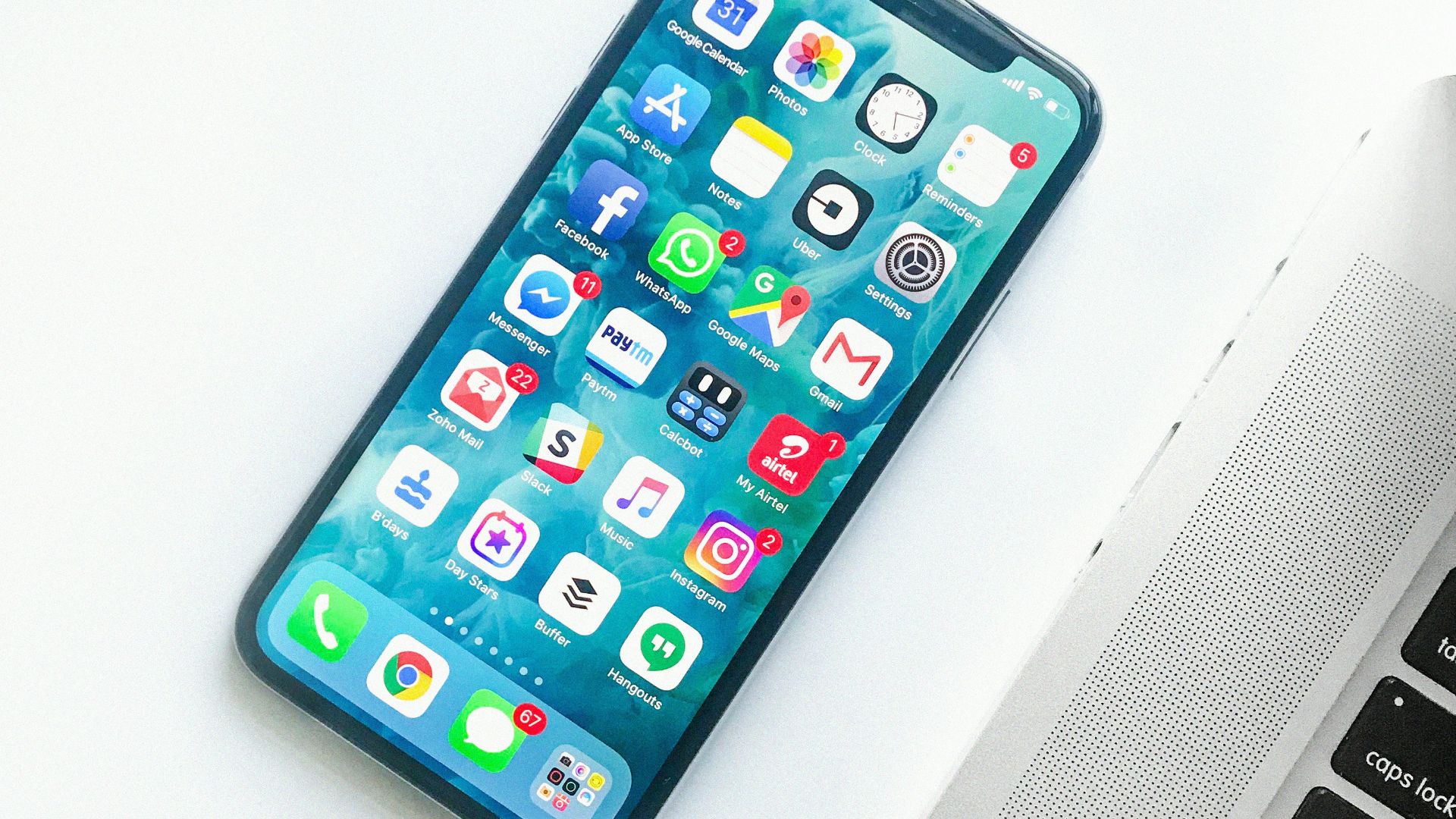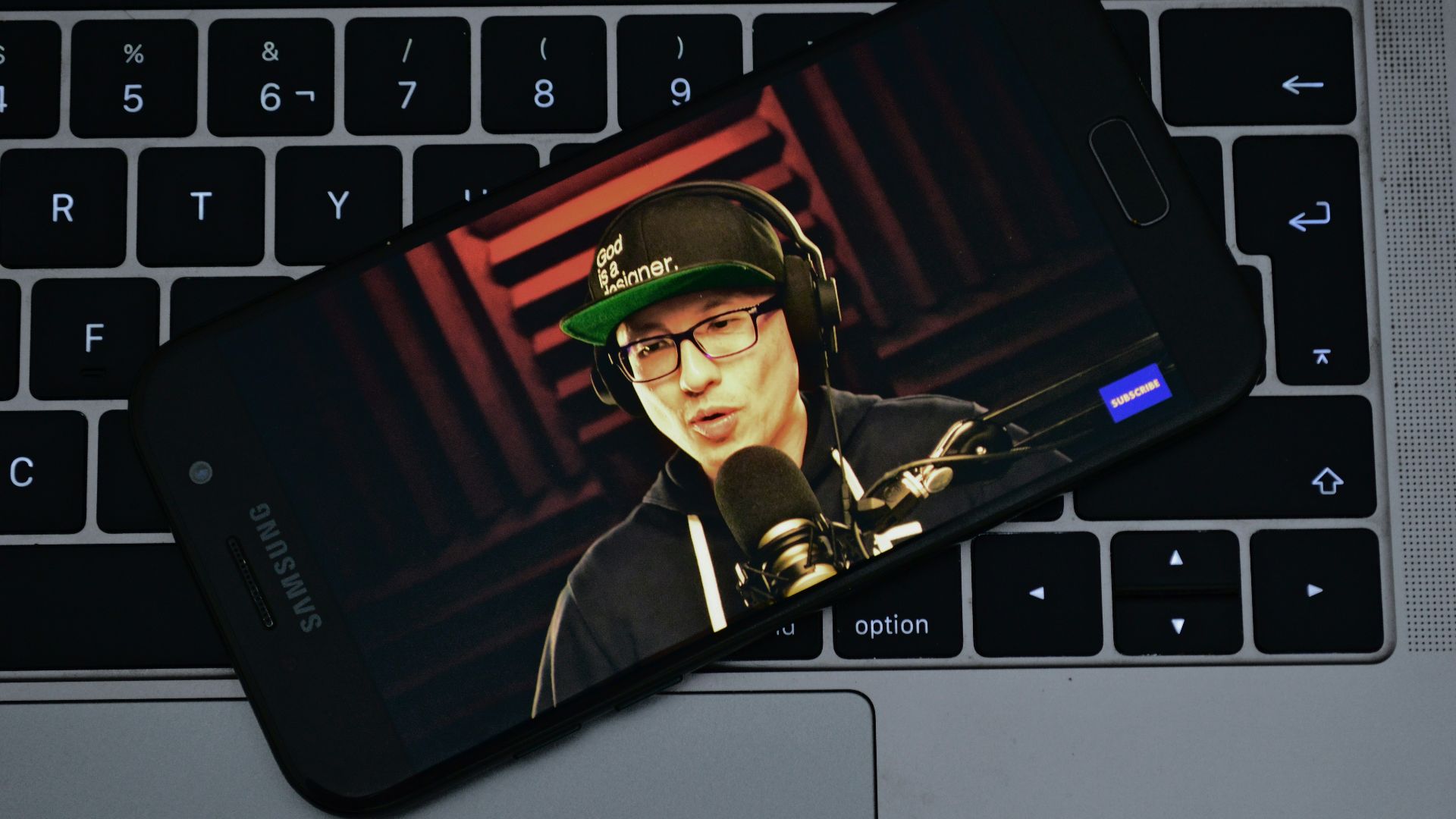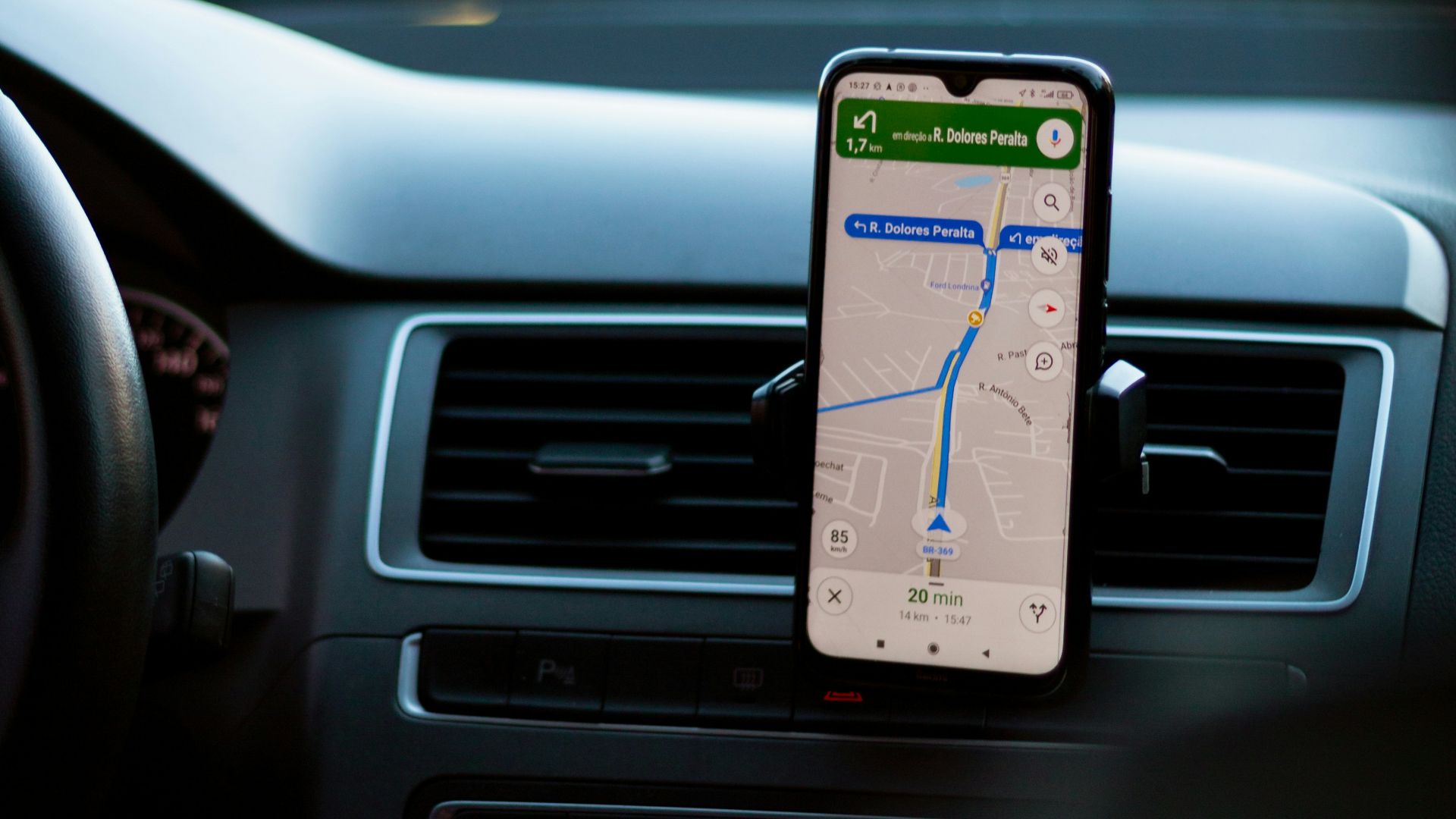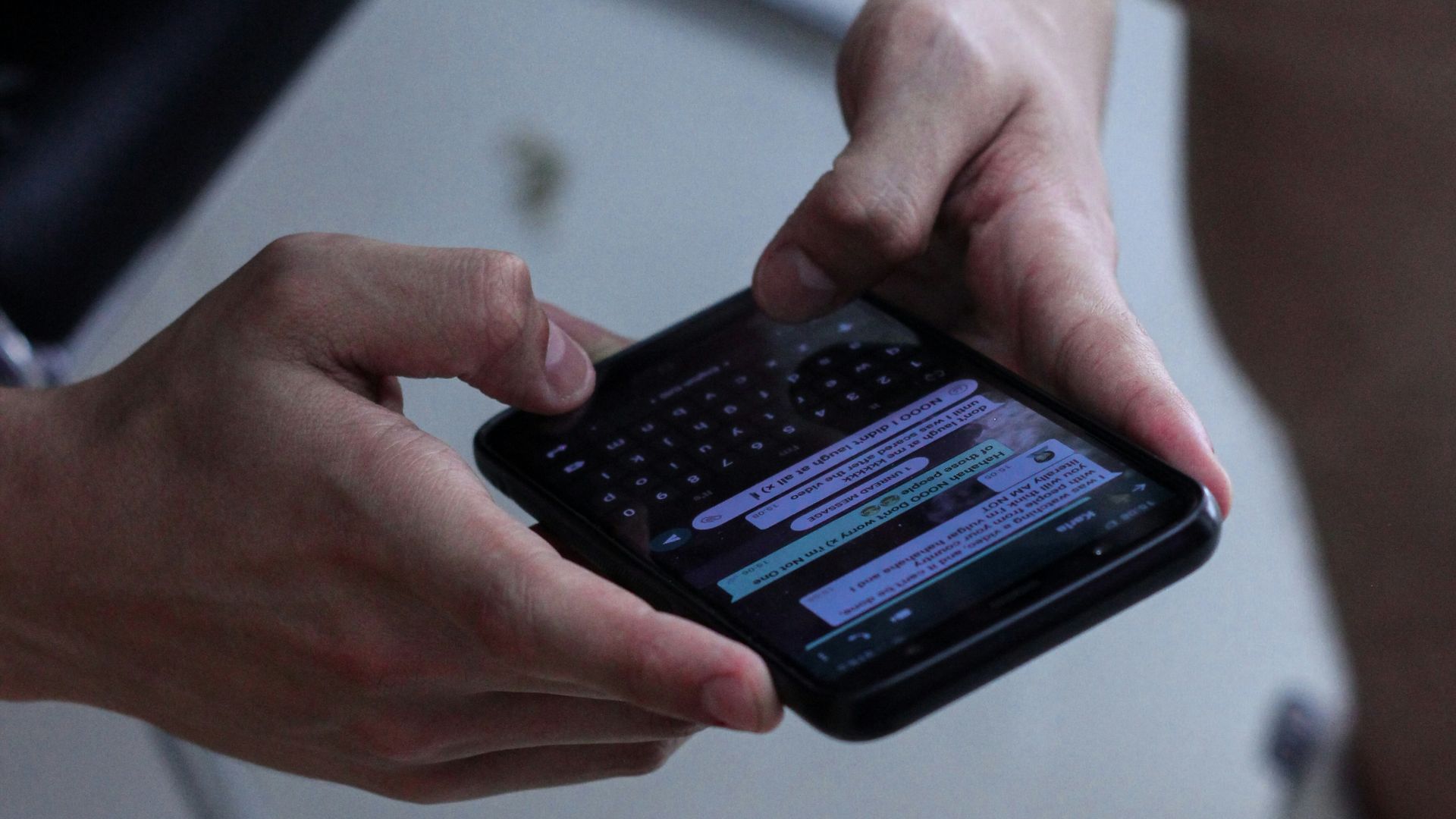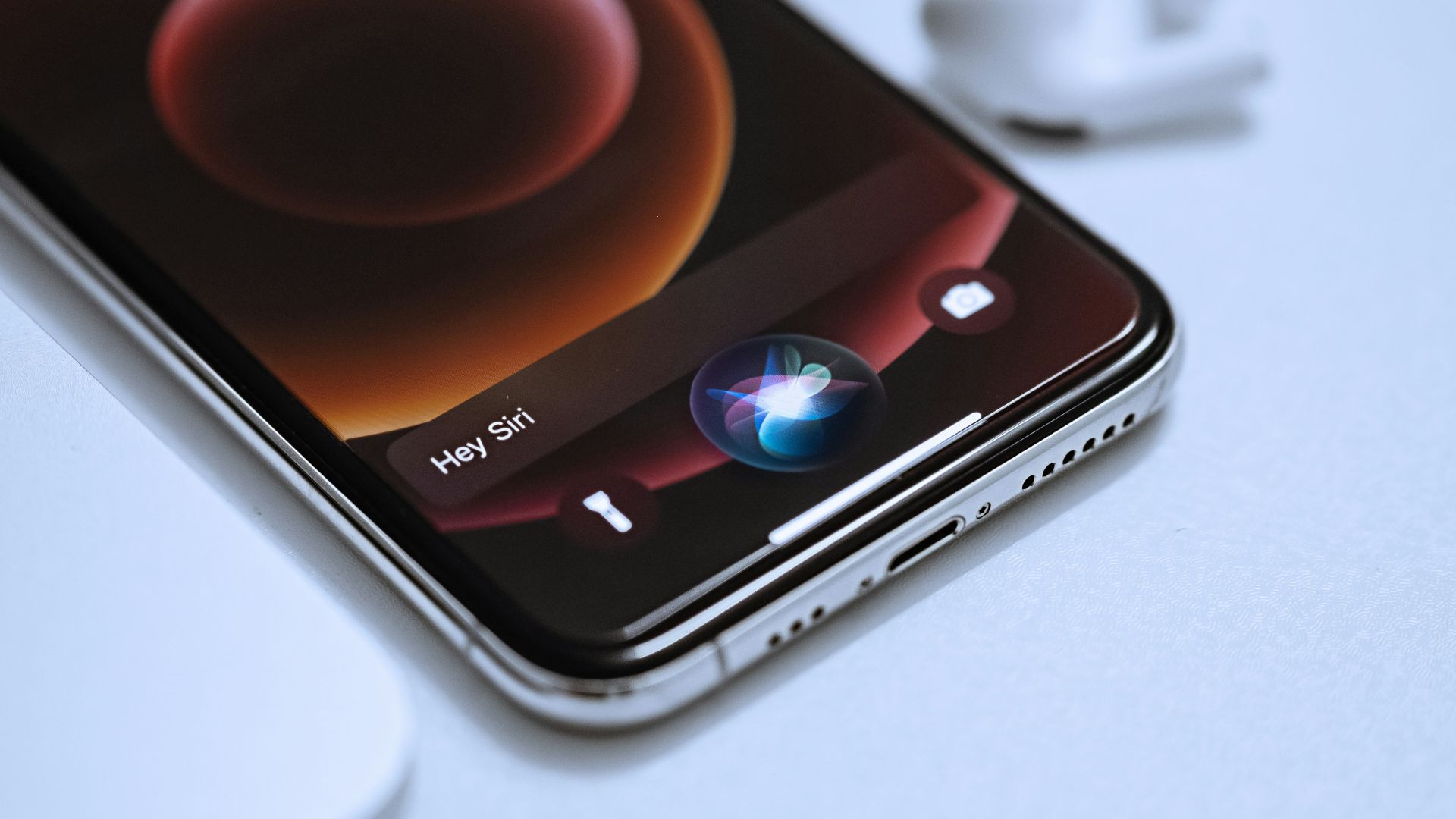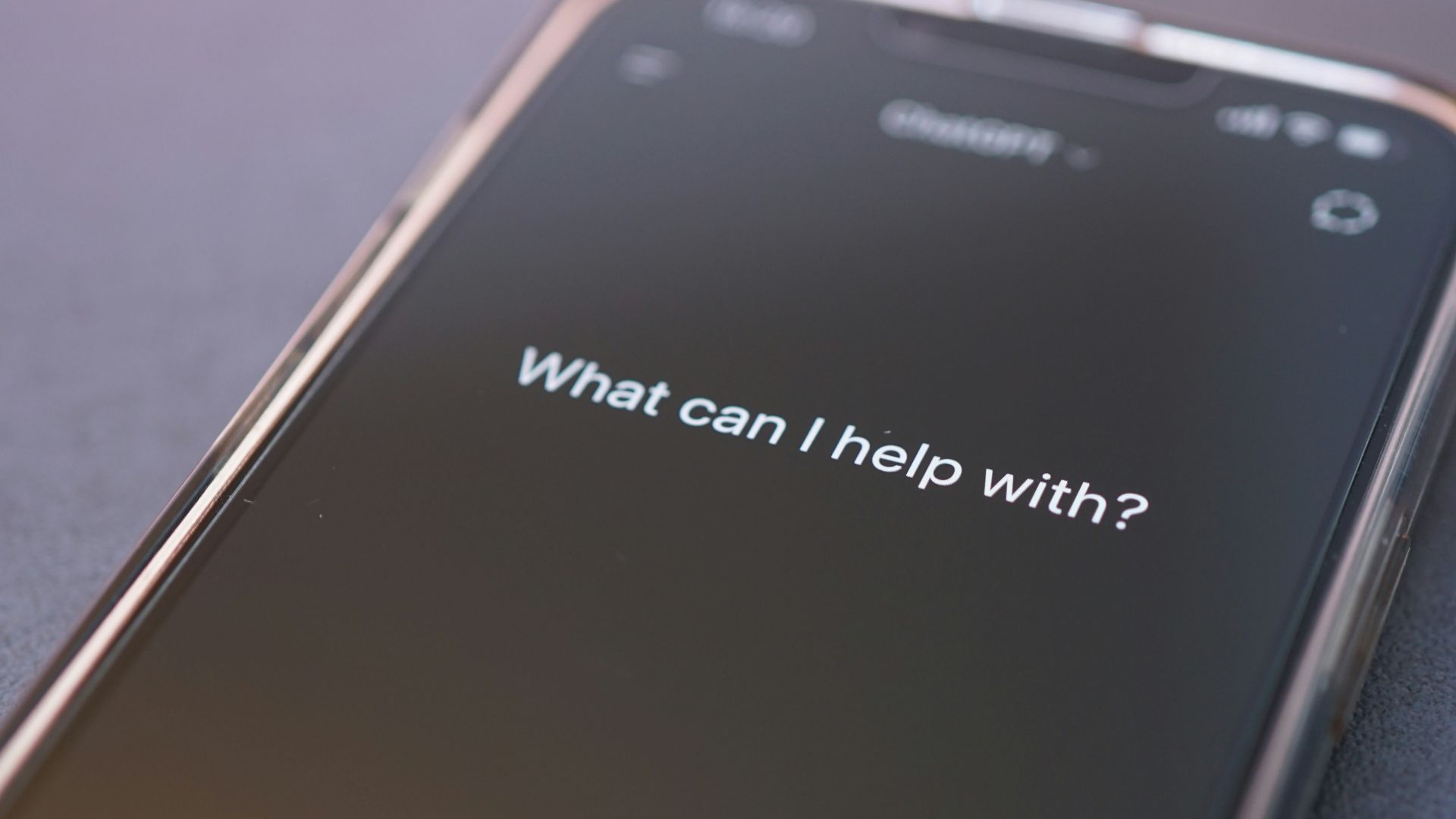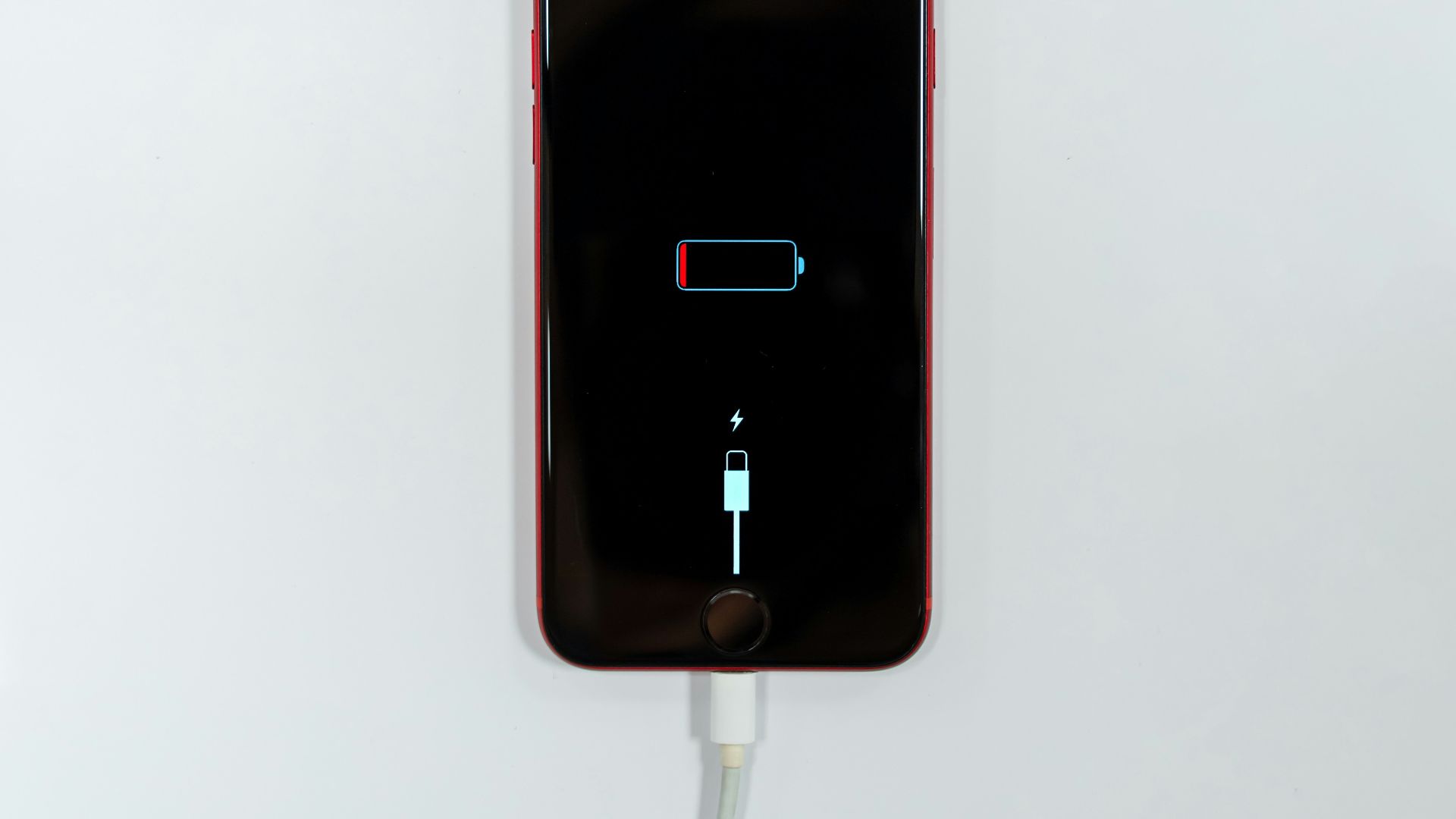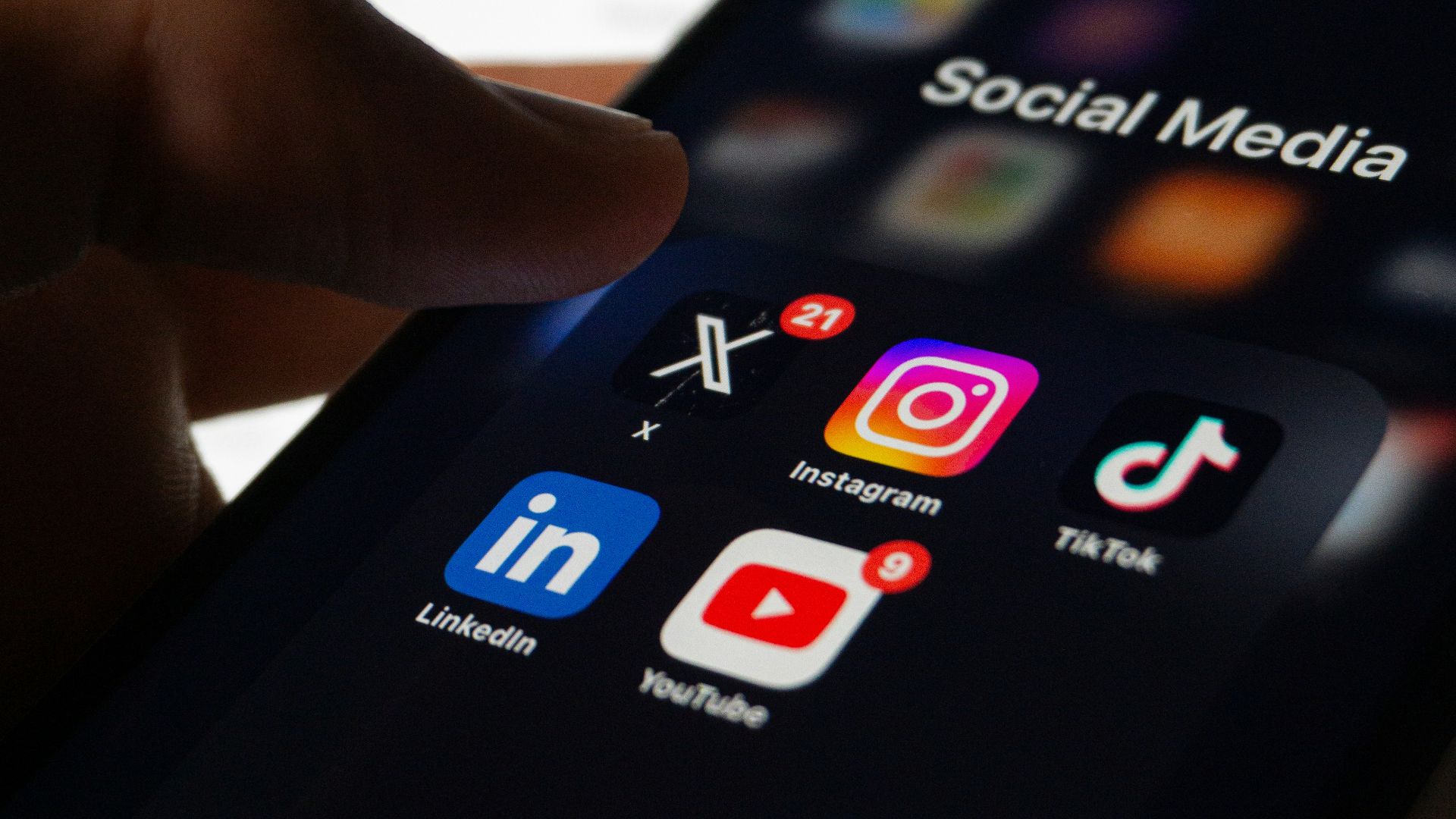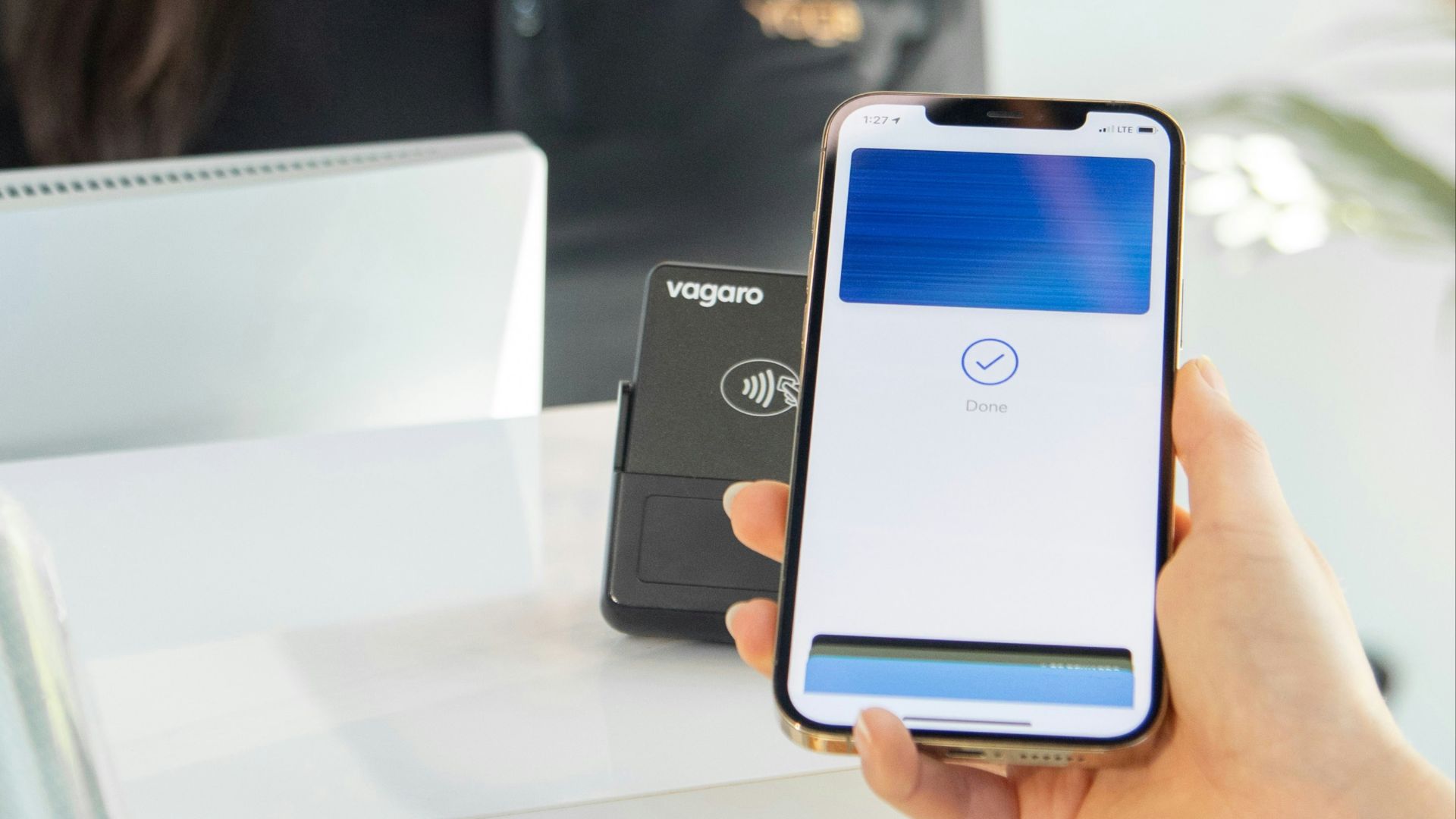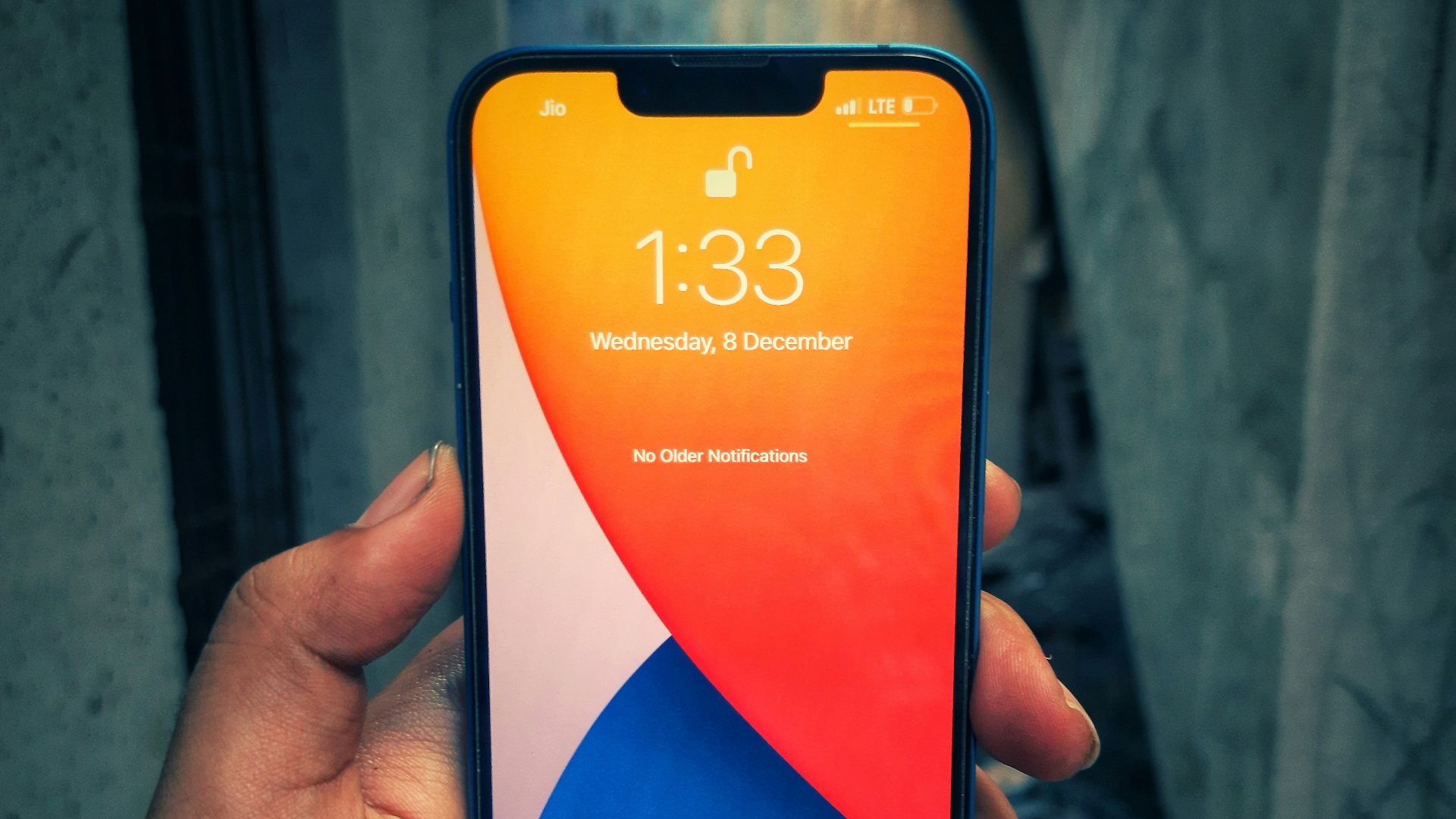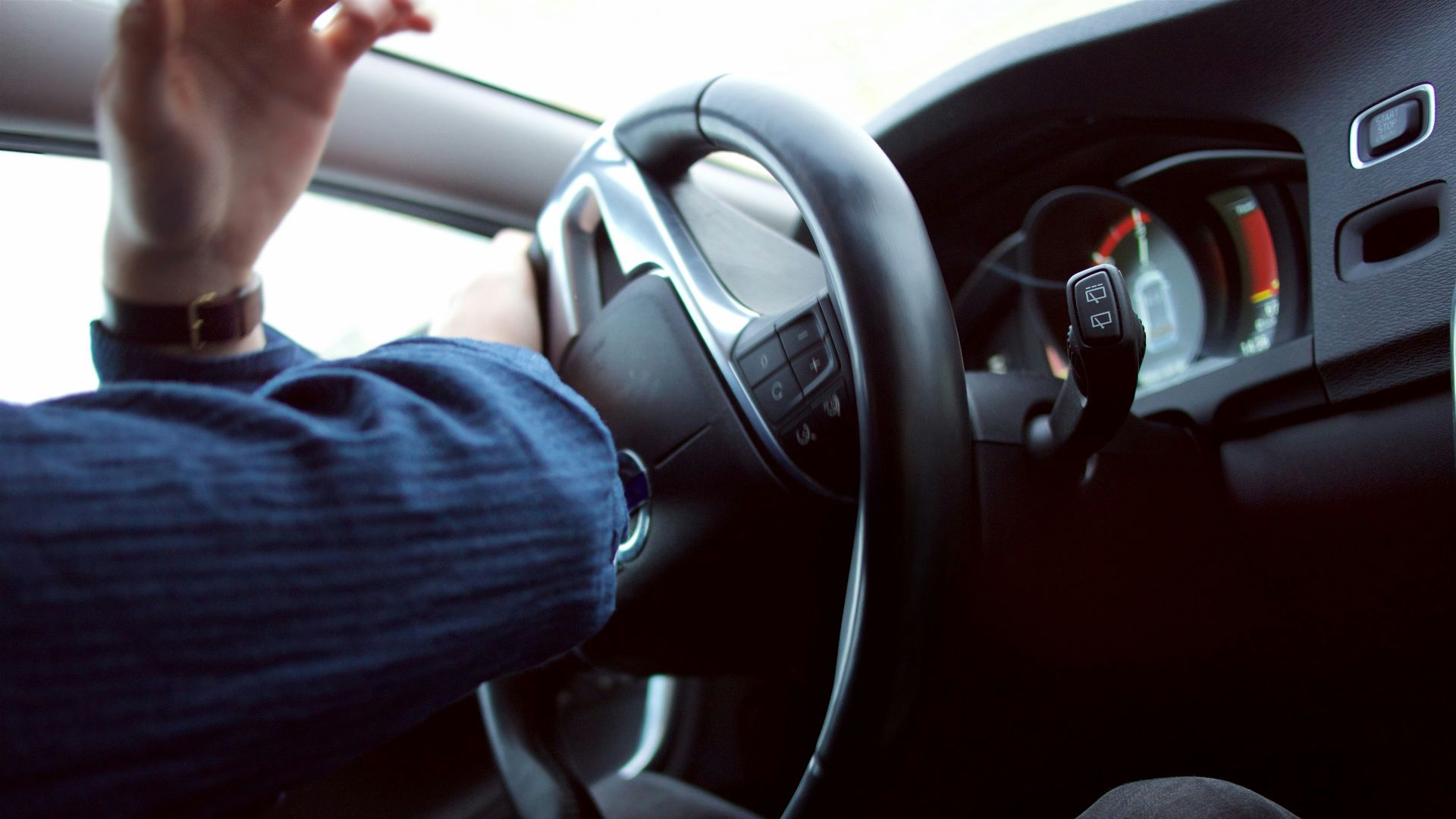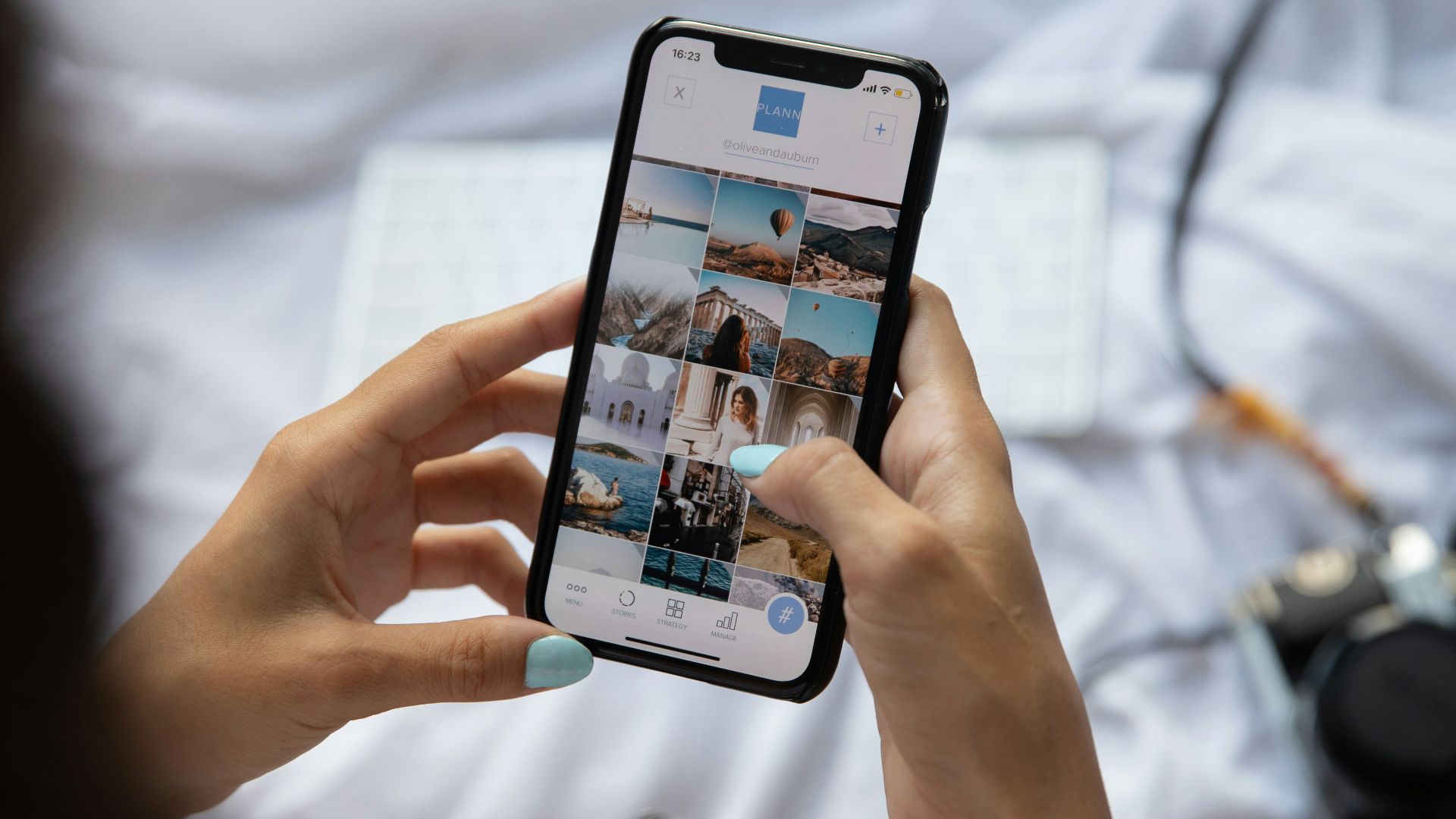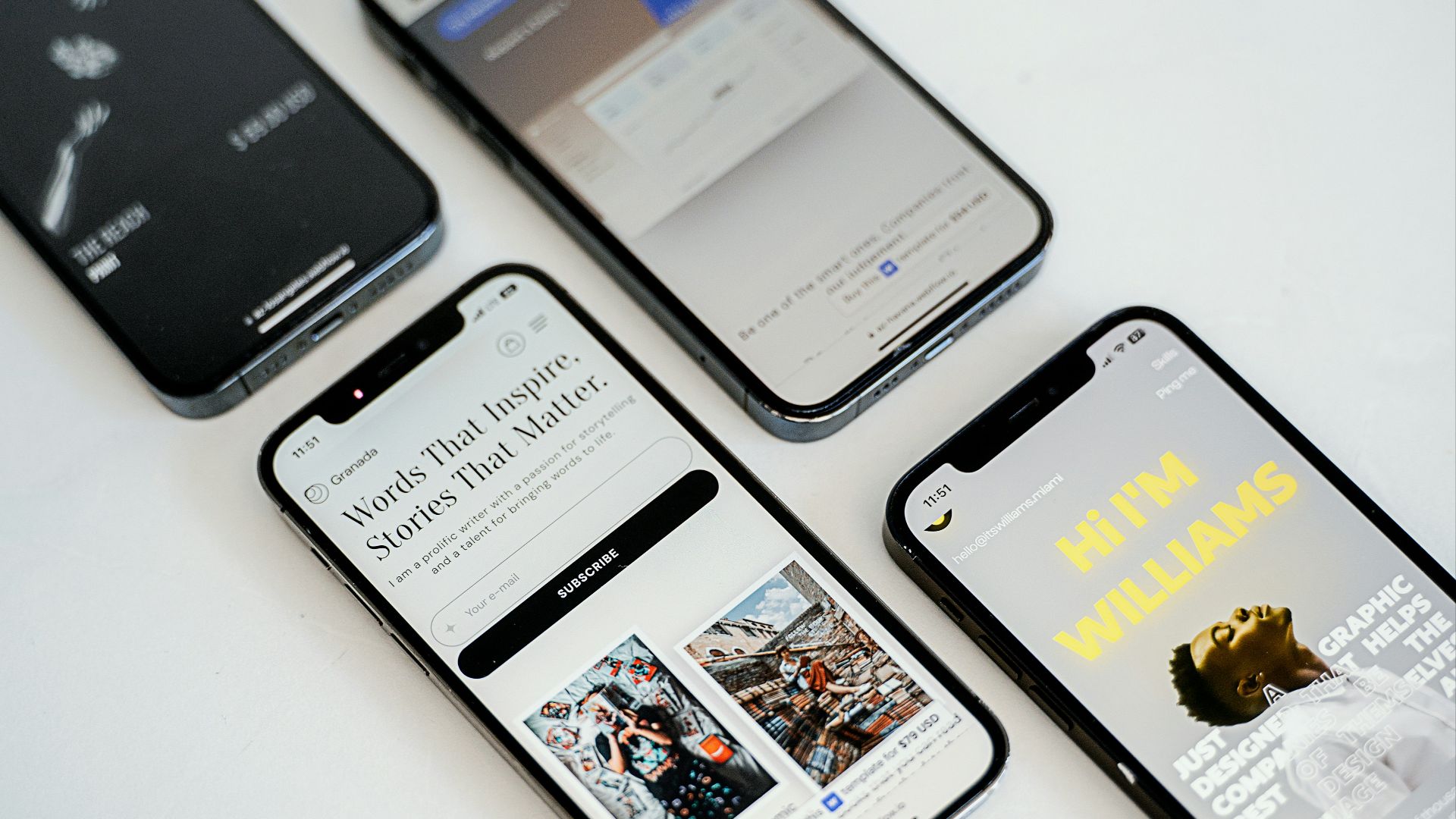The Evolution of Phones
Phones have come a long way. From the bulky, brick-like Nokias of the early 2000s to today’s sleek, AI-powered smartphones, everything from how we communicate to the way we browse the web has completely transformed. The rapid advancement of technology has redefined what a phone can do, turning it into a near-professional camera, a GPS, a gaming console, and so much more. Here are 20 ways phones have evolved over the years.
1. Tiny Keyboards to Touchscreen Keyboards
Remember those tiny keyboards that used to come with Nokias and flip phones? Yup—the ones where your thumb could probably cover three keys at once, which made it so difficult to type? Even if you had a BlackBerry, your problem was only half-solved—you had a full keyboard, but even tinier keys. Nowadays, though, smartphones have given us bigger displays and touchscreen keyboards, making it much easier to write short and long texts.
2. Grainy Cameras to Professional Lenses
Back then, taking photos wasn't as easy as it is now. The grainy shots you used to take might have seemed passable then, but when smartphones came out with better lenses and selfie cameras, the whole game changed. You could even film a professional-looking music video with just a smartphone alone now!
3. Monochrome Screens to OLED Displays
Back then, screens were black and white and not that interesting to look at. Now, smartphone displays offer rich, vivid colors and look great to the eye, no matter how bright or dim your environment is. Whether you're watching videos or playing games, you're bound to appreciate the immersive visuals.
4. Snake to Revolutionized Gaming
Speaking of gaming, remember when there were really only two games on older phones? The classic was Snake, and if you were stumped on how to beat it, there was Bejeweled, too. If you were bored with both? Tough luck. Nowadays, though, there are a plethora of games you can choose to download, from racing and roleplaying to trivia puzzles and cooking.
5. Internet Access
Nokias and flip phones back in the day technically had the option to go online, but it wasn't as easy as clicking the button and surfing the web. Data plans—and Wi-Fi connections, for that matter—weren't as common yet, and it wasn't until the late 2000s, with the rise of smartphones and faster mobile networks, that browsing the internet on your phone really took off.
6. Apps for Just About Everything
Whether you want to journal, game, manage your finances, or explore the subway network of a city halfway across the world, there's an app for just about everything you can think of. Apps, after all, define the experience on a smartphone—something brick Nokias and Motorola flip phones didn't have the luxury of yet.
7. Music in Your Pocket
If you wanted to listen to music on older phones, you really only had whatever was in your ringtones list to jam to. But with the rise of smartphones, it's easier than ever to search up or download your favorite songs, or even watch music videos on the go.
8. Movies & Shows on the Go
Most people would probably prefer watching TV shows and movies on a bigger display, like a tablet, but the fact that smartphones give us the option to stream our favorite titles on the go still makes them revolutionary. Back in the day, you had to purchase a portable DVD player.
9. GPS Navigation
Remember the paper maps you had to bring with you on every road trip back in the day? Before smartphones, making the trek out wasn't as easy. Now, though, you have apps like Google and Apple Maps to lead you to right where you need to go.
10. Brick-Like Builds to Sleek Designs
Nokia phones were known for their compact, brick-like builds. Even when sleeker flip phones like Motorola came out, the design might have been more lightweight, but the experience, in essence, was the same. Now smartphones give you the best of both worlds: an immersive experience and a gorgeous design.
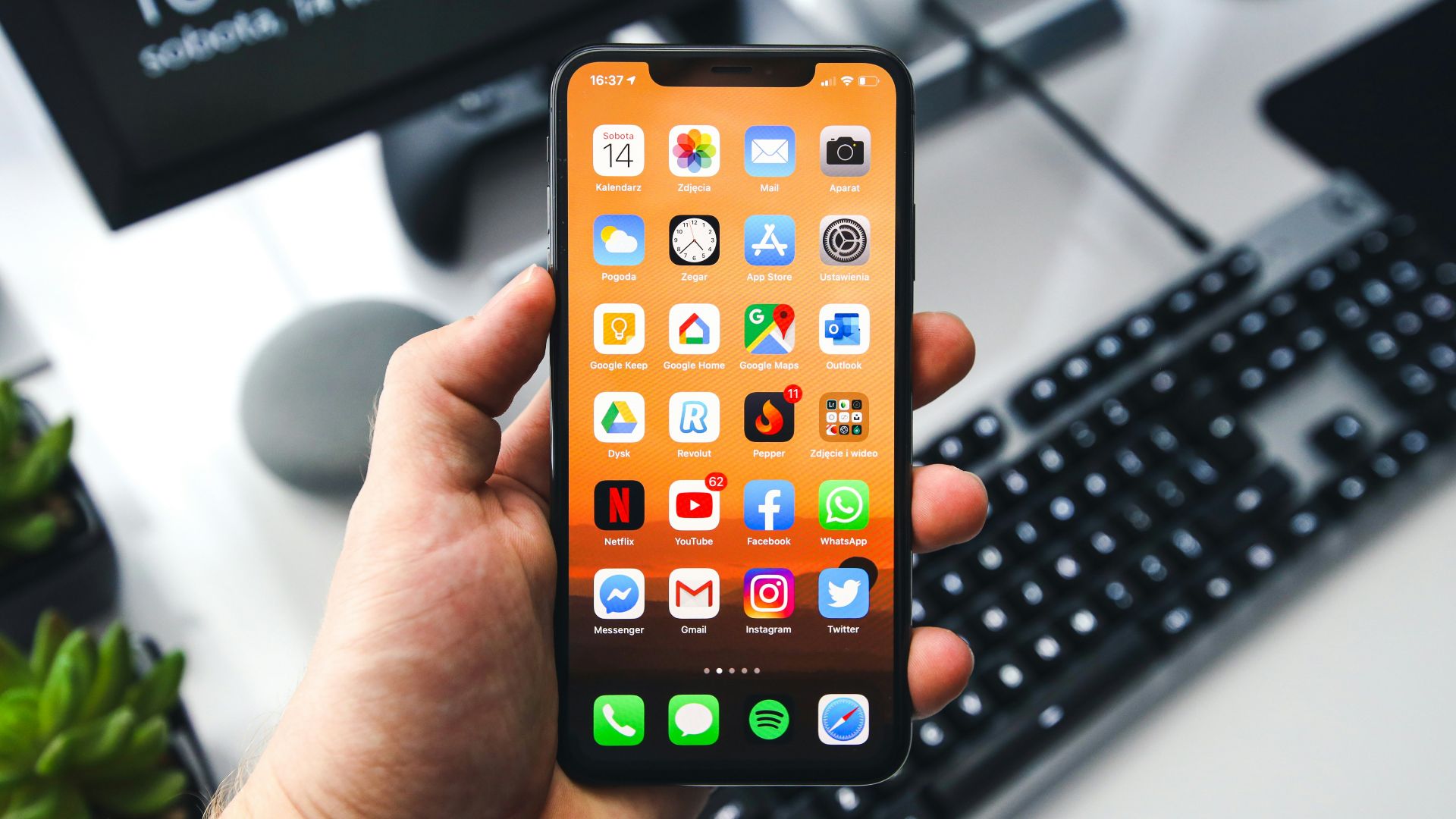 Sebastian Bednarek on Unsplash
Sebastian Bednarek on Unsplash
11. Texting Evolution
It wasn't just hard to text because of the tiny keyboards brick phones and flip phones used to have; it was also because of how you had to type. If you wanted a specific letter, you often had to press a button at least two or three times. With smartphones now, you could type two letters, and predictive text could help you fill in the rest.
12. Voice Assistants
Hey, Siri, could you set a timer for me? Before the rise of smartphones and voice assistants, everything had to be done manually. Whether it was setting an alarm, ringtone, or replying to a friend, older cell phones hardly had any built-in hands-free features.
13. AI Features
Technology has continued to evolve, and now, smartphones come with a plethora of AI (artificial intelligence) features that make the user experience even more seamless. Whether you want to edit the background of a photo or identify a particular object, it's as easy as snapping a photo or circling it with your fingers. These AI tools are the kind of thing Nokia users back in the day probably would've thought of as futuristic.
14. Battery Life
Because there wasn't a whole lot you could do with phones back then, battery life often lasted days, and sometimes even weeks. With smartphones? You're lucky to get a full day of use out of it, what with the bigger, brighter displays, higher refresh rates, and constant app activity.
15. Social Media
From Instagram and YouTube to Twitter (X) and TikTok, social media is a big part of the smartphone experience, and it has transformed how we stay connected to our friends and family, share ideas, and consume news about the world around us. Back in the day, texting and calling were really the only two forms of communication we had.
16. Digital Wallets
Phones back then were phones—devices you could use to call and text. Nowadays, your smartphone can act as a digital wallet, allowing you to make purchases even when you don't have your physical cards with you.
17. Security Features
Security has evolved, too: whereas back then we entered PIN codes to access our cell phones, smartphones are now equipped with better, more protective features that are harder to hack. From face recognition to fingerprint IDs, unlocking your device has become faster, more convenient, and far more secure.
18. Emergency SOS Features
Could you have ever predicted that your phone could save your life? If you started out with a Nokia, the idea probably never even crossed your mind. But smartphones are called "smart" for a reason, and it's no surprise at all that some models are equipped with safety features, like crash detection, that can immediately call emergency services if you're unresponsive after an accident.
19. Size
If there's one thing that you'll immediately notice that has changed between brick phones and smartphones, it's the size. Back then, phones could fit perfectly into your palm. Now? Unless you have larger hands, you'd probably have to handle your device with both paws.
20. From Calling to... Everything
As mentioned, smartphones are capable of pretty much everything nowadays. Back in the day, cell phones were only used for calling and texting, but now, you can watch videos, listen to music, post on social media, film videos—even edit them—and so much more.


